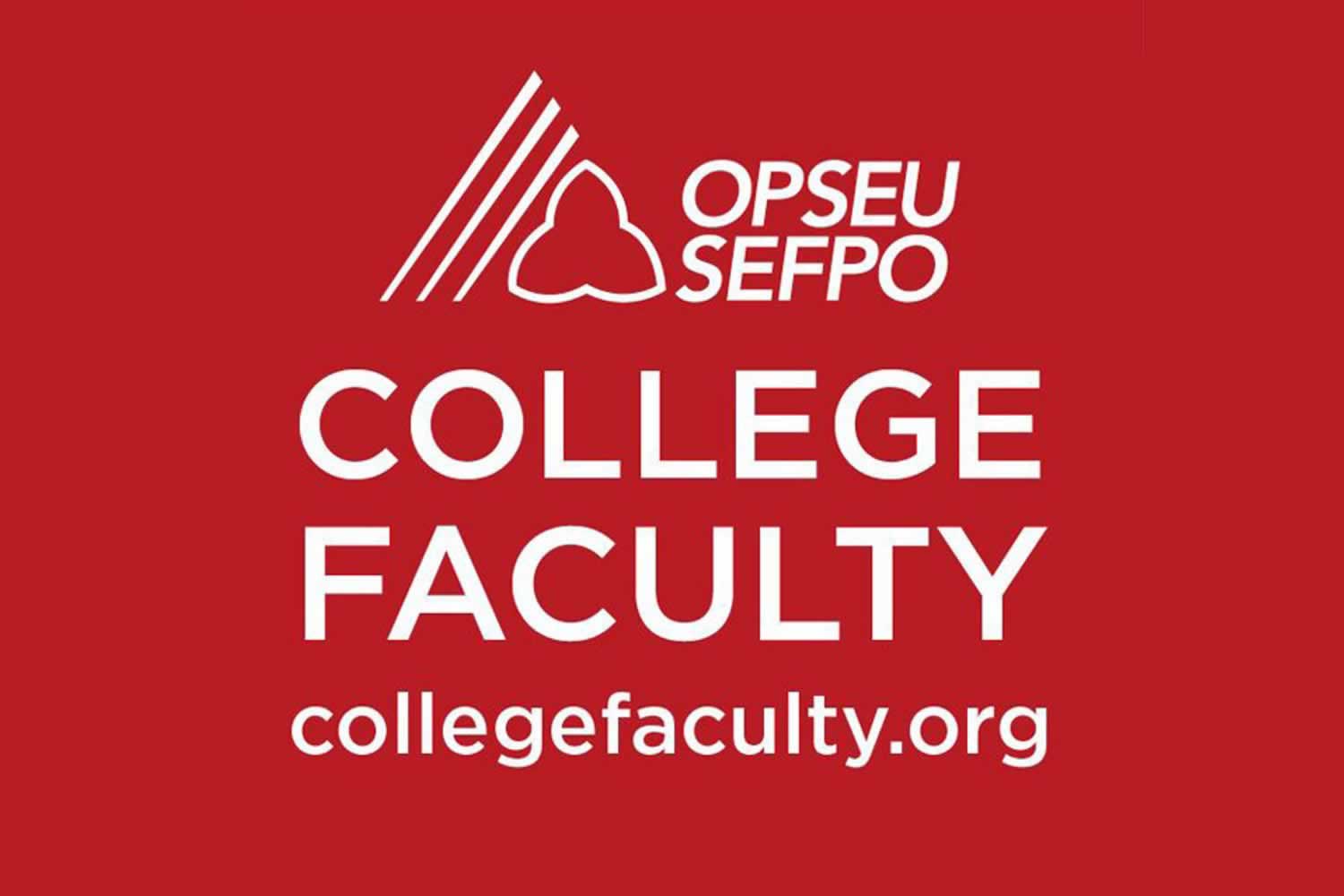The College Employer Council (CEC) bargaining team walked away from negotiations this week without responding to faculty’s latest proposal, and asked the Ministry of Labour conciliator for a “no board” report, compelling the OPSEU/SEFPO college faculty bargaining team, representing faculty at Ontario’s 24 public colleges, to call for a strike vote.
The “no board” report removes the last remaining step before the employer is legally able to lock out faculty, or to unilaterally impose terms and conditions of employment, 16 days after the “no board” report is received. The CEC last imposed terms and conditions in 2009, including removing the faculty union’s right to file grievances, and suspending joint union-college committees.
The faculty team proposed that both teams engage in voluntary binding arbitration to resolve outstanding issues, rather than escalate toward labour disruption – but the CEC has refused this offer. According to faculty bargaining team chair JP Hornick, “Faculty demands are about time for our students: two additional minutes to grade students’ work each week, and for online learning; reasonable workloads for program coordinators; and unionized contract faculty having more job security and time to work with students and colleagues. These are extremely low- or no-cost to the employer, and provide enormous benefit to students and stability in the system.
“As a direct result of the CEC’s refusal to compromise on outstanding faculty demands related to improvements to workload for full-time and contract faculty, online learning, and protecting the use of faculty course materials, or to agree to refer outstanding issues to an independent arbitrator, faculty have no choice but to file a request for a strike vote with the Ministry of Labour,” said Hornick.
A successful strike vote for faculty will empower the OPSEU/SEFPO faculty bargaining team to engage in any of a wide variety of coordinated labour actions, up to and including a strike.
“Recently, we have seen other Unions, particularly in the education sector, adopt a variety of creative labour disruptions to demonstrate the value of their work and the importance of their demands,” added Hornick. “These include work-to-rule actions (i.e., following the strict letter of the Collective Agreement), refusals to perform overtime, strikes targeting specific work tasks, and/or rolling strikes targeting different workplaces.”
In Solidarity,
The CAAT-A Bargaining Team
